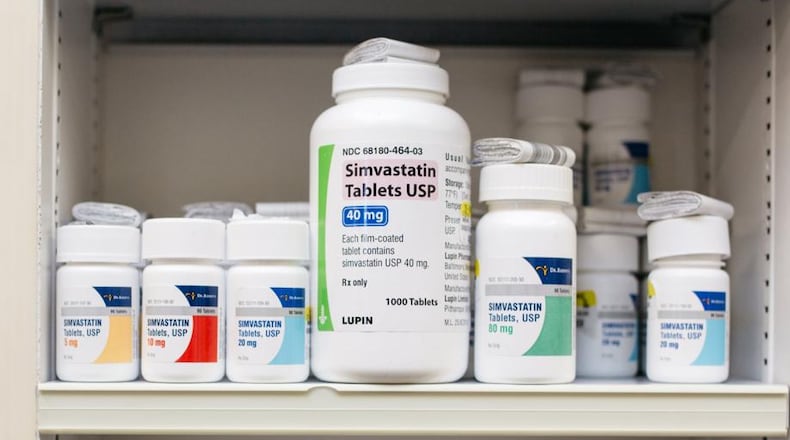The change will follow years of controversy over how Ohio Medicaid prescription benefits are managed by private companies that process claims and negotiate discounts on the state’s behalf. The companies that manage these benefits say they provide efficiencies and negotiate discounts on otherwise expensive prescription drugs.
The companies were once an obscure part of the pharmacy supply chain but in recent years -- including during from DeWine and Yosts’ election campaigns -- faced backlash and were accused of keeping too much of the money they manage and not paying out enough money to pharmacists. One in three dollars in the state’s operations budget goes to Medicaid and pharmaceuticals are a significant part of that Medicaid spending,
Currently, Dayton-based CareSource and the five other insurers who manage Ohio Medicaid benefits contract with one or more pharmacy benefit managers to manage prescription drug benefits. As a result, health care providers are subject to meeting unique, time-consuming processes required by each insurer to prescribe important, and sometimes life-sustaining, medications.
Maureen Corcoran, director of Ohio Department of Medicaid, said that, similar to the state adopting a single list of preferred drugs, “the move to a single pharmacy benefit manager is another important step in providing quality care for our members, transparency in operations, and responsible stewardship of Ohio taxpayer dollars.”
In 2019, the Ohio General Assembly mandated, and Gov. Mike DeWine signed into law, the selection of an single company to manage pharmacy benefits in the state’s fiscal year 2020-2021 biennial budget.
The other move that the state made at the beginnig of the year was to adopt a single, transparent list of preferred medications.
Prescribers and pharmacies will have only one preferred medication list to learn and manage, versus the previous six. It makes it easier for Medicaid members because even if they switch which insurer manages their plan, it won’t impact their medications. The unified list also streamlines the prior authorization process for many drugs.
The pharmacy middlemen that now work for Ohio Medicaid plans — CVS Caremark and OptumRx — managed $2.5 billion in 2017. A report in June 2018 revealed CVS Caremark kept 8.7% of the payments it received, or $197.3 million. OptumRx kept 9.4%, or $26.4 million. Until the June report came out, the state government and the public did not know how much of the money the companies were keeping out of the state dollars they managed. The companies also have additional ways of making money, including fees and rebates.
About the Author
